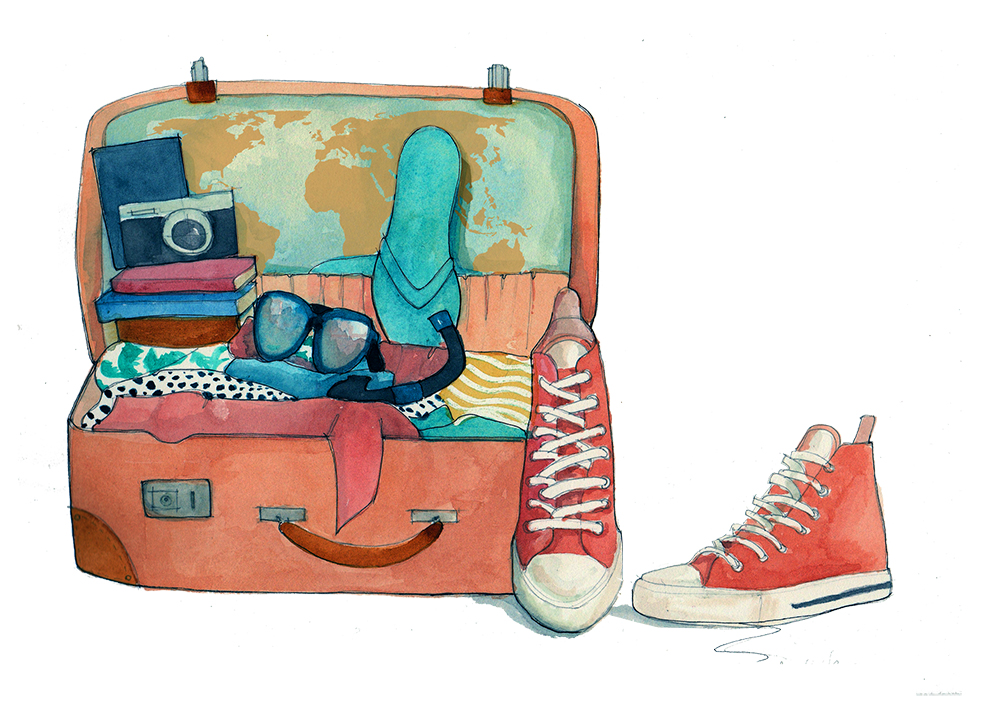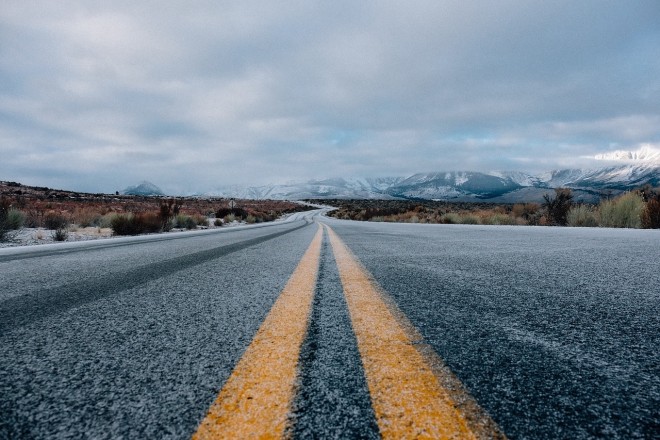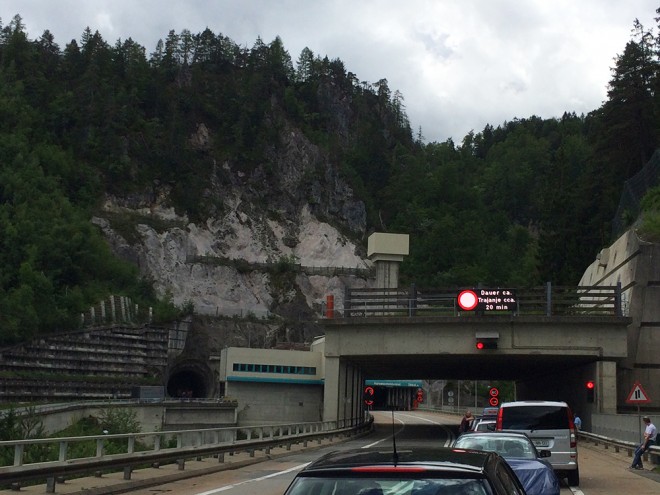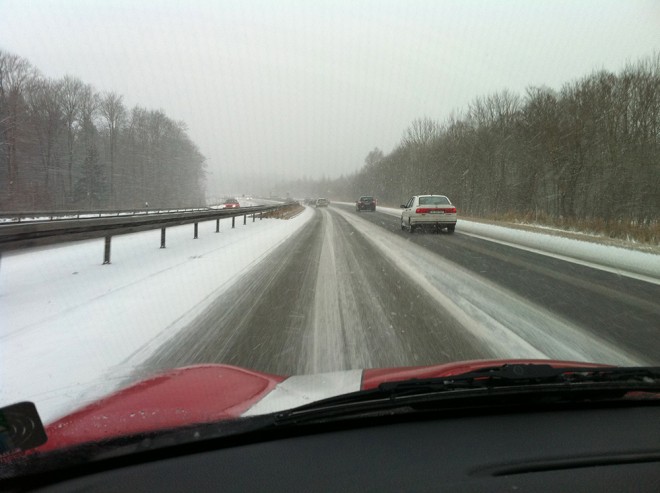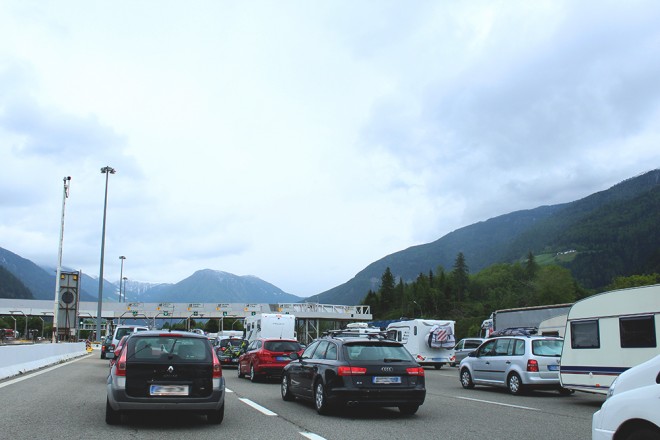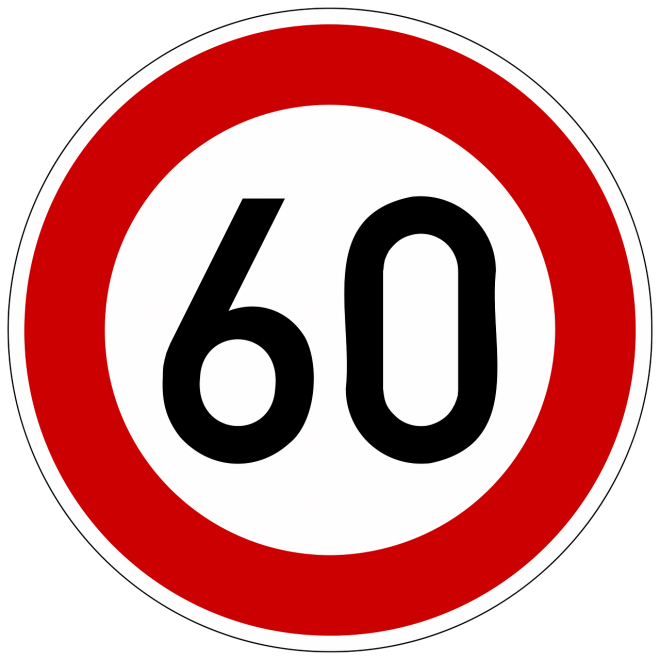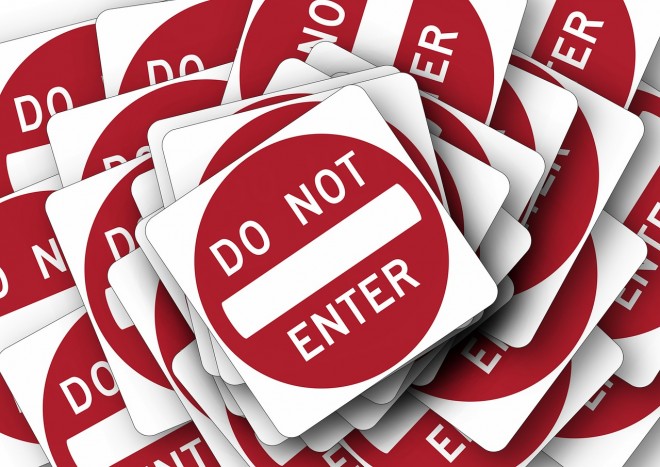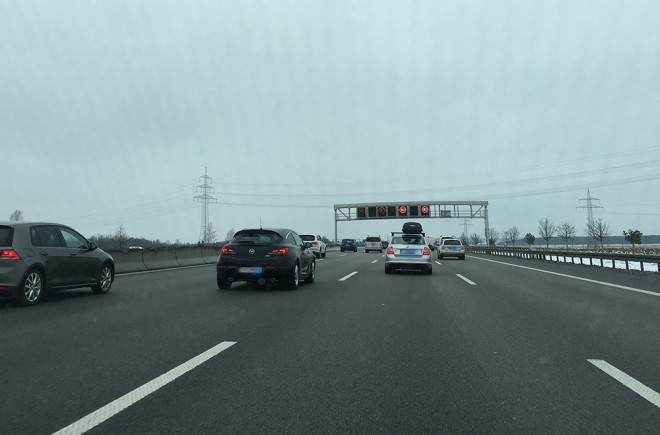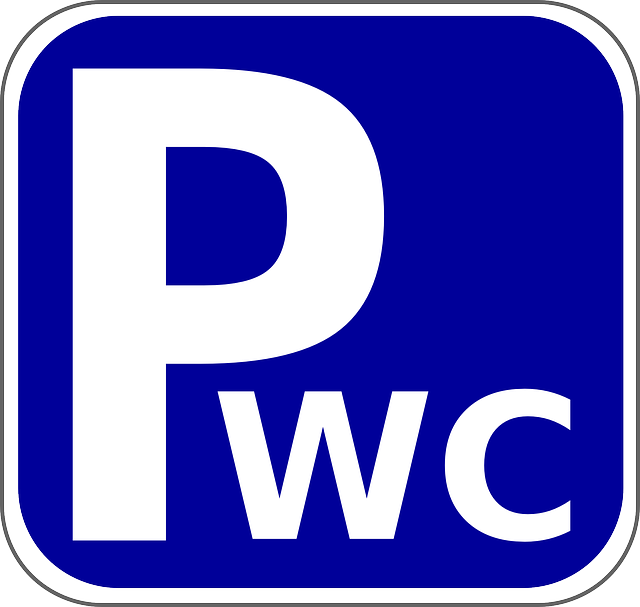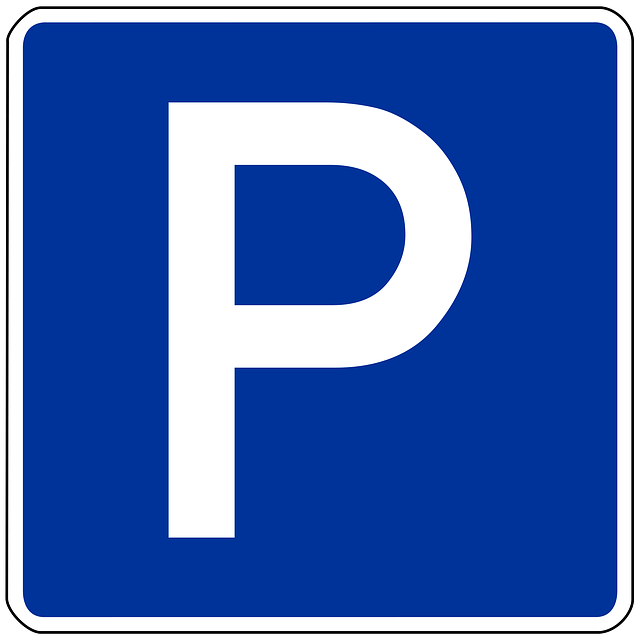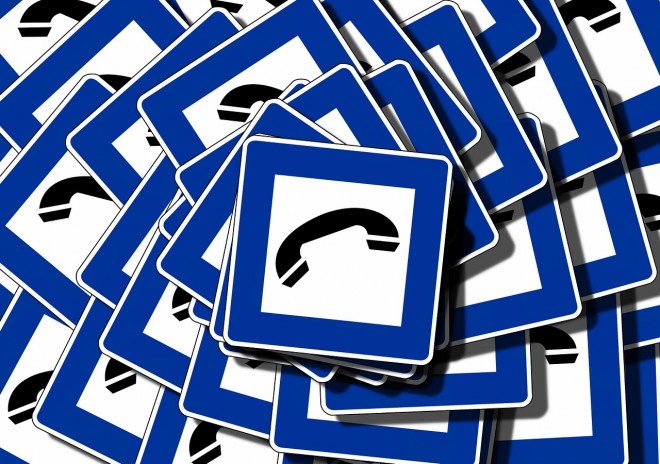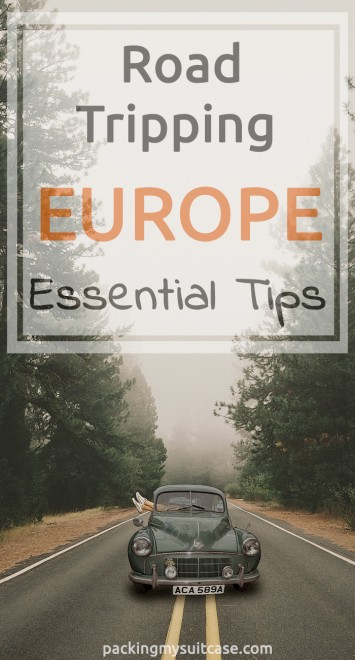Taking a road trip is one of the most exciting things for me; it is my favorite way of traveling. Why? Because there is no luggage weight limit, no securities check in which you have to take shoes and everything else needed off, I can take my dog with me, it is beautiful to see places and landscapes throughout the journey, you can stop whenever you want, there is no fear of flying – for me – to name a few. And if there is something I love, that is road tripping Europe, it is the best way to travel the old continent.
I can’t even count how many road trips I have taken only around Europe, and there are many things that I learned from them all. So, thinking of all of you who plan to take a road trip around the old continent, Europeans or not, familiar or not with the rules, here are some essential tips for road tripping Europe:
Plan the route and times
Even if it’s a last minute trip, plan the route and the times, really. I have done both last minute and well in advance trips and that’s what I learned with my successful and unsuccessful ones. You need to plan the route because there might be construction works along the way, it might also be that you will have to pass through the mountains – very common in routes passing through Switzerland – or that a certain motorway is faster than the other and so on.
As for the time, of course, everyone wants to keep to schedule, but you never know how much traffic you will encounter along the way – especially if you are traveling during the holidays or at certain times, like between 7:00 – 09:00 and 16:00 – 19:00 in a weekday. You also don’t know how the weather will be, which brings us to the next topic.
Check the weather
Depending on the season, which you are taking your road trip, checking the weather is crucial. The weather in Europe is very inconstant, forecasts can vary a lot from one region to the other, and you want to avoid fog, snow, ice and strong rain along the way. Even though the forecast won’t change your departure date or your plans, at least it will prepare you for what’s coming.
Have a map or a GPS
Obviously you will need to know how to get to your destination, and even if you are not a big fan of GPS, I hope you like maps because you will certainly need one. Whether in paper, on your phone, or one that comes in the rental car, find something to show you the way. Since I moved to Europe in 2011, I use Navigon Europe app on my phone, it’s expensive, but if you live in Europe it is totally worth the price.
Tolls and vignettes
One of the most important tips on this list: be aware of tolls and vignettes. Each country has its own way of charging for using their motorways, some have tolls, others have vignettes, which are a small sticker, which you have to attach to the window shield of the car. Make a little research on your itinerary to discover which one you will have to use along the way, some I can already tell you beforehand:
Germany: Free for cars with less than 12t (for now)
Switzerland: Vignette
Austria: Vignette
Czech Republic: Vignette
Hungary: Vignette
Slovakia: Vignette
Slovenia: Vignette
Italy: Toll (one of the most expensive I have experience so far)
France: Toll
Croatia: Toll
Spain: Toll
Portugal: Toll and Via Verde (a type of vignette required in some motorways)
Poland: Toll
Great Britain: Toll
Ireland: Toll
For other countries and prices, I have found some useful websites, but these ones were the best so far: Tolls.eu and The AA.
Where and how to buy them:
Tolls: you can pay in cash or credit cards.
Vignettes: you can pre order them online, or simply buy in gas stations near the border of the country (that’s what I always do)
Speed Limits and Traffic Cameras
Beware of speed limits on the motorways; they vary from country to country, normally the maximum is 120 and 130Km/h, when in rural areas is 80 or 90km/h. If you have a GPS it will normally give you this information, if not, then make a quick research online (here is a good option) in regards to your destination.
Also, traffic cameras and police cars can be anywhere on the motorways, so do try to stick to the speed limits, even in Germany (not all motorways allow you to speed up as much as you want).
Signs
It is important to get familiar with the road signs if you are not already. I have found a great pamphlet with a list of many of them here, which might be helpful to you.
Always have change
Coins will be your best friends on your European road trip. You will use them a lot if you need to go to the bathroom on the motorways. Once I needed to use the toilet on a long journey and had no coins, I had to stop in 5 different places, 4 of them had an automatic machine at the entrance door that would only accept coins. On the 5th time I found a public one for free, which was disgusting and had no toilet paper, since no one is taking care of it.
It is also important to have cash with you in case you need it, because finding an ATM machine is also no easy task depending on the motorway.
Rental Cars
If you are renting a car, there is one very important thing you need to know: if you rent it on western European countries and want to drive to Eastern Europe, you will most probably have to pay extra for it. That’s because there are chances of the car being robbed when visiting these countries, so rental companies charge you more and it is advisable to pay extra for insurance.
Other important points:
- Most car rental companies charge more for drivers under 25;
- Here is a great website to compare car rental companies prices;
- Even though some countries allow you to drive with your original driver’s license (non-EU), others require that you have an international driver’s license, which you will need when renting the car;
- Always consult with your chosen car rental company about any other specifics, like the list of countries you need to pay extra to take the car there.
Lanes
It’s very simple, the left lane is for takeovers; so unless you want to pass another car, stay on the right lane. Simple. Same rule applies for the UK, though on the opposite side of the road.
Toilets on the road
Normally there are plenty of places offering toilets on the European roads, and they are mainly in gas stations and restaurants. Most of them are paid, it pretty much depends on the country and establishment. There are also public ones, which I don’t really recommend unless is an emergency, since they are not frequently taken care by someone, it has no toilet papers and the smell can be very bad. However, you might still find some decent ones, I already did, but I haven’t always had the same luck.
Tip: take toilet paper with you just in case and don’t forget to take coins.
Parking
European motorways offer some public parking spaces, for both trucks and small cars, where you can park and take a break, or maybe fix something on your car. They have a blue sign with a white P.
When parking in a city, be careful to pay attention to the signs around, in Europe you normally have to pay to park on the streets, especially if it’s at the city center. For this, you will have to pay it in a machine with coins and will receive a little receipt, which you need to put on the dashboard of your car.
In case you have mobility problems or are traveling with someone in this situation, you have the right to the Blue Badge, which allows you to park your car on disabled parking spaces. For more information click here.
Safety
There are many important things you should know when it comes to safety, and here are the main ones:
Compulsory equipment: some things you need to have in your car, rental or not, for your own safety and for others as well. Some of them: reflective jackets, warning triangle, first aid kit, fire extinguisher, among others. I found an amazing document with a list of compulsory equipment for driving in Europe.
Winter tires: if you are taking your road trip during winter, make sure your car has winter tires; it is not only mandatory but also safe. If you are renting a car, it will probably have it already.
Insurance: make sure your car is insured before going on a road trip, that is an advice not only for Europe, but anywhere in the world.
Emergency number: 112 is the number you have to keep in mind, it is the emergency phone number for Europe, which can be called from fixed and mobile phones. Even though this number doesn’t replace the national emergency number of each country, but by knowing this number you are safe.
Tips for saving money
Gas
The gas price may vary a lot among the countries; some are cheaper than others. By knowing that, you can plan your trip better when it comes to where it’s best to put gas or not and in the end save some money. For updated prices, you can check this website.
Give a ride
On websites like bla bla car you can offer a ride to where you are going, this way you help someone and earn some extra money with it.
Any other essential tip to add to the list? Let me know on the comments below.
